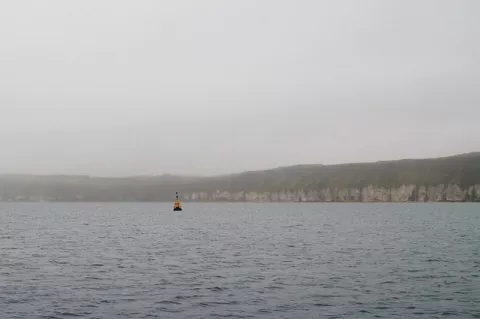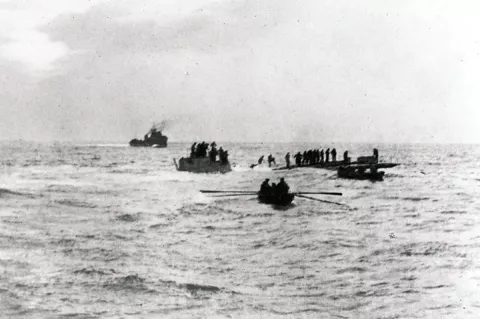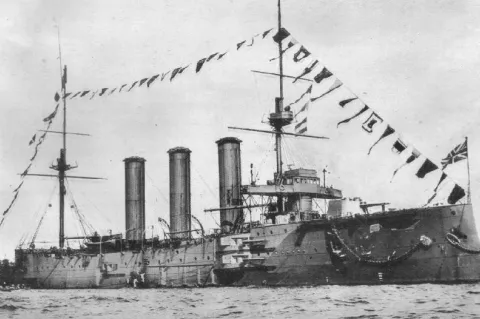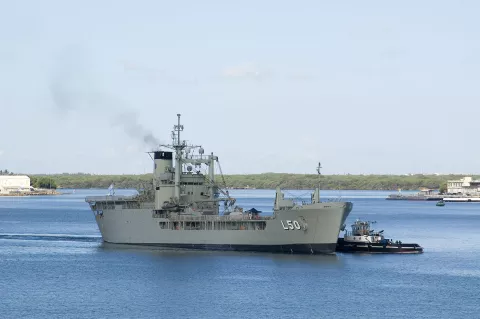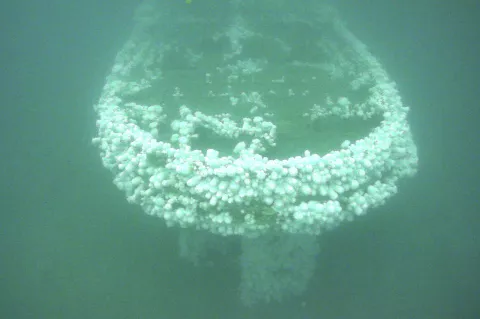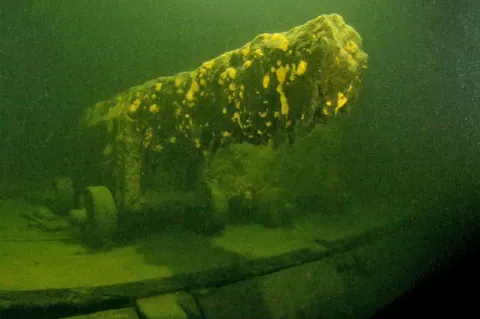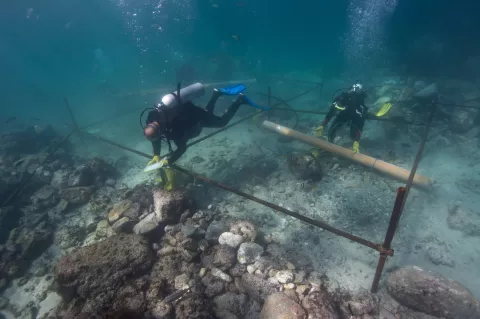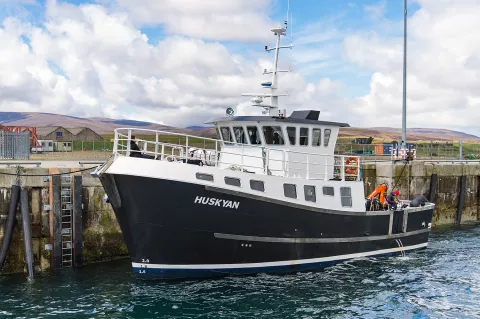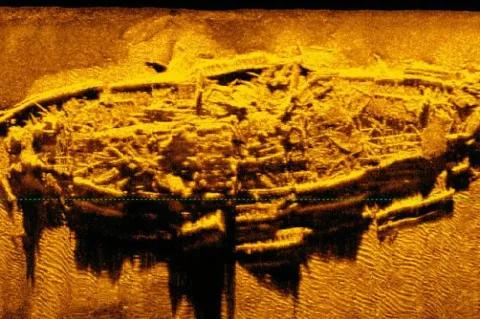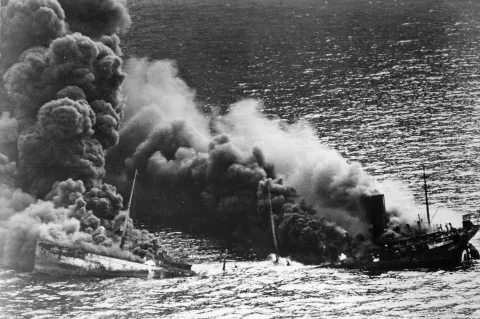Michigan shipwrecks to be marked with buoys
The goal is to help preserve the state's shipwrecks by giving divers another option besides hooking a line directly onto the wreck, as is customary now.
"Putting a mooring buoy on a shipwreck is absolutely, hands-down, the best form of physical protection you can do for a wreck," Wayne Lusardi, a state maritime archaeologist at the Thunder Bay National Marine Sanctuary in Alpena, told Mlive.com

